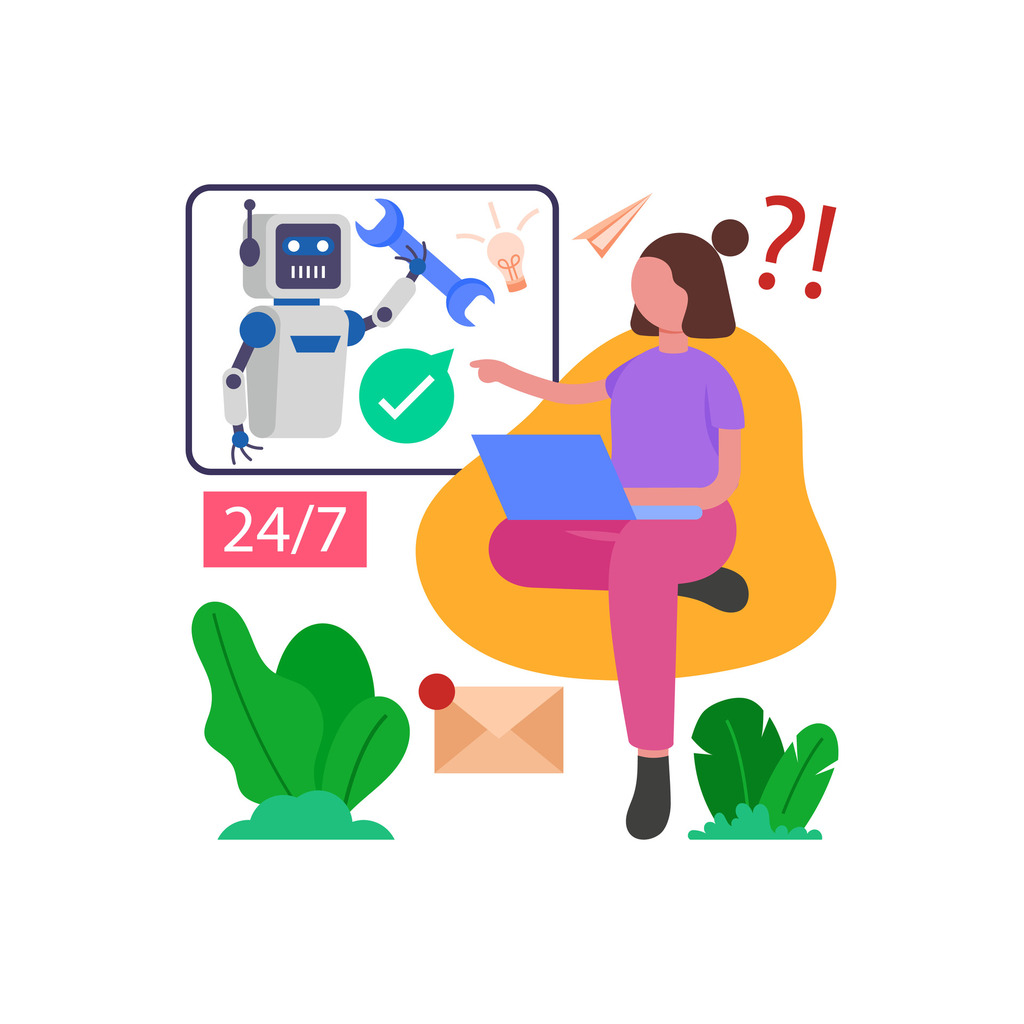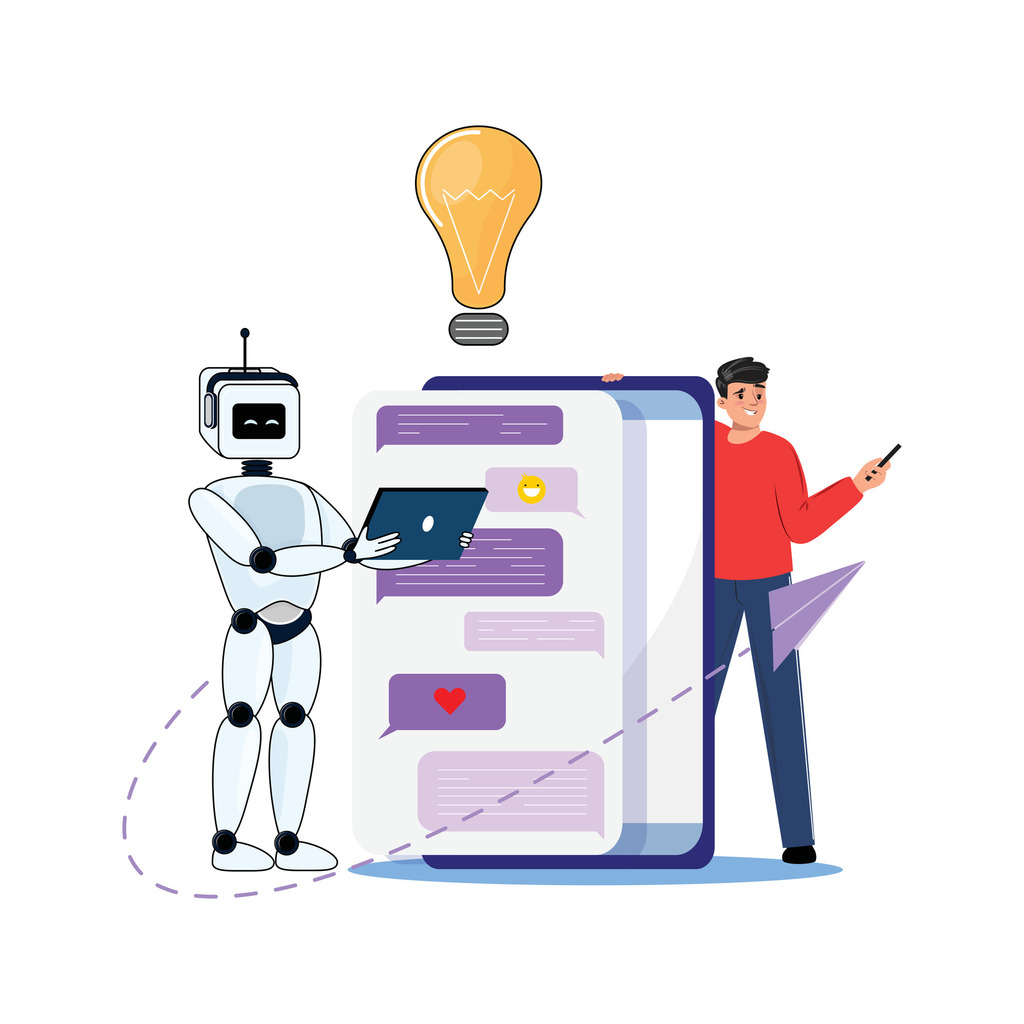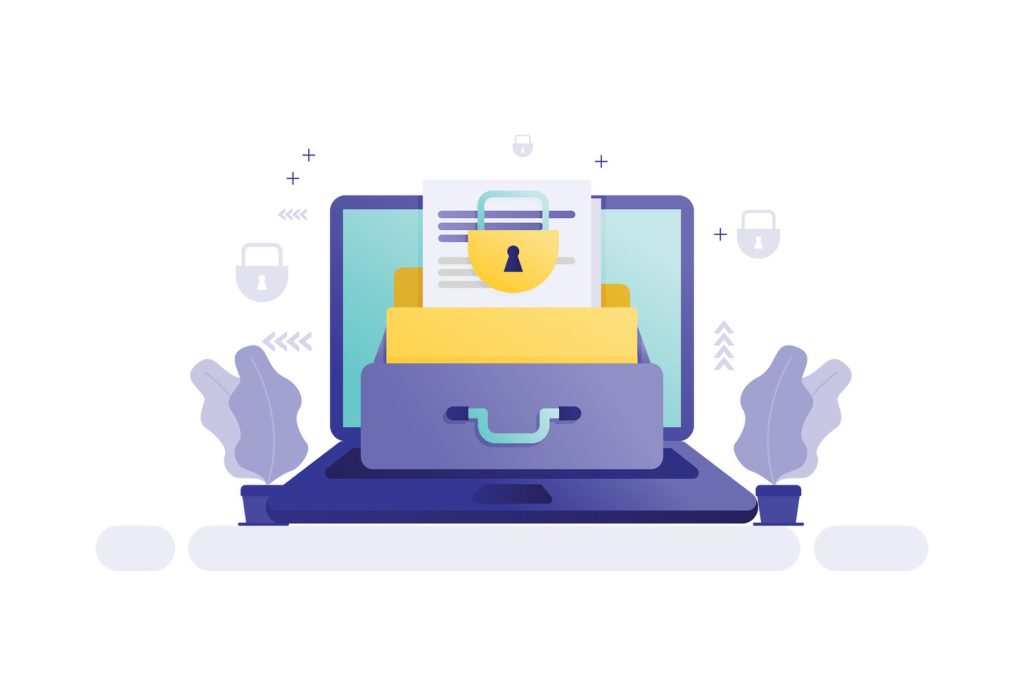Reliable 24/7 Chatbot Support Services for Businesses

Modern companies face growing pressure to deliver instant assistance to clients. Customers now expect answers at any hour, whether they’re booking travel at midnight or resolving billing issues on weekends. Automated solutions bridge this gap by offering nonstop assistance that adapts to global time zones and fluctuating demand.
Leading platforms like ChatBot and Sendbird use advanced AI to handle routine inquiries with precision. These systems learn from interactions, improving accuracy while freeing human teams for complex tasks. With 99.9% uptime and scalability for industries like fintech and retail, such tools minimize downtime risks during critical moments.
Businesses gain more than efficiency—they build trust through consistent service quality. For example, Sendbird’s infrastructure supports over 6 billion users monthly, proving its capacity for high-volume operations. Free trial periods let organizations test integrations risk-free, ensuring compatibility with existing workflows before committing.
By blending machine speed with human oversight, these platforms create cohesive support ecosystems. The result? Faster resolutions, lower costs, and measurable improvements in client retention. In competitive markets, always-available assistance isn’t just convenient—it’s a strategic advantage.
Key Takeaways
- Automated systems provide immediate responses across time zones and peak periods.
- AI-driven platforms reduce operational costs while maintaining service quality.
- Seamless integration with existing infrastructure supports scalable growth.
- High uptime rates (99.9%+) ensure reliability for mission-critical industries.
- Free trials allow businesses to evaluate solutions without financial risk.
Introduction to Automated Customer Support
The digital age has transformed how organizations approach client interactions. Traditional service models struggle to meet escalating demands for instant, personalized solutions. Enter AI-driven systems that combine natural language processing with generative capabilities—tools designed to understand intent and deliver context-aware resolutions.
From Scripted Replies to Adaptive Conversations
Early automated systems relied on rigid decision trees, often frustrating users with limited options. Modern solutions evolved through machine learning, analyzing millions of interactions to predict needs before they’re articulated. This shift mirrors broader trends in CRM automation, where proactive engagement drives loyalty.
Today’s platforms interpret slang, idioms, and multilingual inputs with near-human accuracy. They adapt responses based on conversation history, reducing repetition. For example, a banking client asking about overdraft fees receives tailored explanations rather than generic policy links.
Redefining Service Standards Across Industries
Businesses leveraging these tools report 40% faster resolution times and 30% higher satisfaction rates. Unlike human teams, AI assistants scale effortlessly during peak periods—handling thousands of simultaneous queries without delays.
Key operational benefits include:
- Consistent quality across all interactions
- Real-time escalation to live agents for complex issues
- Continuous learning from customer feedback loops
This technology doesn’t replace human teams—it amplifies their impact. Agents focus on high-value tasks while routine inquiries resolve automatically. The result? Organizations achieve more with existing resources, turning service departments into profit centers.
Benefits of Chatbot Support for Customer Service

Today’s consumers expect swift solutions without delays. Automated systems meet this demand by delivering immediate resolutions while maintaining service quality. These tools handle repetitive tasks, allowing teams to focus on strategic priorities that drive growth.
Instant Response and Continuous Engagement
Traditional wait times dissolve when AI manages inquiries. One platform processes thousands of simultaneous conversations, cutting response delays by 80% in retail case studies. Customers receive answers in seconds—even during holiday rushes or product launches.
Context-aware systems remember user preferences across channels. A shopper switching from mobile app to desktop won’t repeat order details. This seamless experience builds trust and reduces frustration.
Efficiency and Reduced Operational Costs
Porter’s implementation of automated tools slashed support expenses by 56% within six months. Similar adopters report 43% savings through reduced staffing needs and optimized workflows.
Key financial advantages include:
- Lower training costs for new hires
- Minimized overhead from round-the-clock coverage
- Precise resource allocation via interaction analytics
These platforms analyze query patterns to predict peak periods. Teams adjust staffing proactively, avoiding unnecessary expenditures. With 70% of routine issues resolved autonomously, human agents tackle complex cases that require empathy and creativity.
24/7 Chatbot Support

Global commerce never sleeps—neither should client care. Leading platforms like ChatBot maintain 99.9% operational uptime, delivering immediate answers across continents. This eliminates geographical barriers that once forced businesses to choose between costly night shifts or delayed responses.
Advanced systems automatically adjust to regional time differences. A retail chain can resolve shipping inquiries in Tokyo while handling refund requests in New York simultaneously. Real-time monitoring tools prevent performance drops during surges, ensuring uniform service quality during holidays or sales events.
Key advantages include:
- Zero interruptions during off-peak hours or staff transitions
- Instant routing of urgent cases to daytime specialists
- Multilingual capabilities matching local market needs
Companies using these solutions report 28% fewer customer complaints about delayed resolutions. One hospitality brand reduced after-hours inquiry escalations by 73% through automated triage systems. By removing “business hours” constraints, organizations demonstrate commitment to client needs while optimizing labor costs.
This approach transforms service from reactive to proactive. Customers receive timely help without memorizing time zones—strengthening loyalty in competitive sectors where responsiveness defines market leadership.
Key Features and Integrations
Advanced customer engagement platforms now unify communication streams through intelligent design. Leading solutions like ChatBot and Sendbird connect disparate channels into cohesive workflows, eliminating fragmented interactions that frustrate users and teams.
Omnichannel Communication
Customers engage through websites, mobile apps, and social media—often switching devices mid-conversation. Robust systems synchronize these touchpoints, letting users resume discussions seamlessly across Shopify stores, Facebook Messenger, or SMS. Sendbird’s architecture routes inquiries automatically between platforms while preserving context.
Key capabilities include:
- Single chatbot deployment across 8+ channels simultaneously
- Consistent branding and response quality on every platform
- Automatic handoff to live agents when escalation criteria trigger
Seamless Integration with Existing Platforms
Enterprise tools must adapt to current tech stacks rather than demanding overhauls. ChatBot integrates with Zendesk, Freshdesk, and custom CRMs through flexible APIs—syncing data without manual transfers. One healthcare provider connected patient portals to Slack channels in 72 hours using prebuilt connectors.
Integration advantages:
- Centralized management dashboards control multi-channel workflows
- Real-time analytics sync with business intelligence tools
- Customizable triggers align with unique operational processes
These systems reduce implementation costs by 65% compared to ground-up builds. With drag-and-drop interface editors, non-technical teams configure automations while developers handle complex use cases through open SDKs.
Customization and Scalability of Chatbot Solutions

Businesses require tools that adapt as swiftly as their markets do. Modern automated systems now prioritize flexibility, allowing organizations to tailor interactions while scaling operations effortlessly. This dual capability ensures companies maintain brand consistency while handling growing customer demands.
Empowering Teams Through Intuitive Design
Leading platforms eliminate technical hurdles with drag-and-drop visual builders. These interfaces let users construct conversation flows without coding expertise—ideal for marketing teams or customer success managers. One financial services firm built a loan qualification assistant in 48 hours using prebuilt templates, accelerating their deployment timeline by 83%.
Key advantages include:
- Rapid prototyping for testing new engagement strategies
- Preconfigured templates for common scenarios like returns or bookings
- Real-time adjustments based on performance analytics
The AI Assist feature transforms existing resources into actionable knowledge. By analyzing website content or help documents, it generates context-aware responses that mirror a company’s expertise. A retail chain used this tool to reduce training time by 70% while maintaining 94% answer accuracy.
Scalability shines through adaptive conversation designs. Systems automatically reroute complex queries during peak periods, preventing bottlenecks. As transaction volumes grow, the platform allocates additional resources without manual intervention—critical for seasonal businesses or rapid-growth startups.
This combination of customization and elastic scaling lets businesses maintain control over their brand voice while meeting evolving customer expectations. The result? Consistent service quality that builds trust without straining internal teams.
Enhancing Sales and Lead Conversion
Sales teams now operate in an era where immediacy drives decisions. Automated tools bridge the gap between customer interest and action by initiating context-aware dialogues that guide prospects toward purchases. This approach transforms casual website visits into measurable revenue opportunities.
Strategic Lead Engagement
Intelligent systems analyze visitor behavior to trigger timely interactions. When users linger on product pages or abandon carts, these tools proactively offer discounts or answer unspoken questions. One platform increased checkout completions by 33% using personalized upsell prompts during live chats.
Key features streamline the qualification process:
- Multi-step questioning sequences that assess budget and urgency
- Instant routing of hot leads to sales reps with full conversation history
- Integrated payment gateways enabling purchases within chat interfaces
Advanced analytics track which conversation flows yield the highest conversions. Teams refine their approaches using real-time data on objection patterns and decision timelines. A SaaS company reduced sales cycles by 19 days through optimized query handling.
These solutions maintain brand consistency while adapting to individual customer needs. During peak traffic periods, automated systems handle 85% of initial inquiries—freeing human teams to focus on high-value negotiations. The result? Faster deal closures and scalable growth without proportional staffing increases.
Enterprise-Grade Security and Data Privacy

In an era where data breaches make headlines weekly, robust protection measures become non-negotiable for customer-facing platforms. Modern enterprises require security infrastructures that safeguard sensitive information while maintaining operational agility. Leading solutions like Sendbird deploy military-grade encryption and real-time threat detection to balance accessibility with impenetrable defenses.
Secure Integration and Data Governance
Every data exchange carries inherent risks—unless protected by protocols like TLS 1.3 encryption and automated masking. The platform’s zero-knowledge architecture ensures client information remains inaccessible even to internal teams. Region-specific storage options let businesses control physical data locations, addressing sovereignty concerns in regulated industries.
Critical safeguards include:
- End-to-end encryption during system integrations with CRMs
- Granular access controls limiting internal agent permissions
- Automatic purging of temporary conversation logs
Transparent AI Auditing
Trust hinges on visibility. Detailed audit logs track every AI agent decision, from response accuracy to escalation triggers. Performance dashboards highlight improvement areas while maintaining compliance with evolving standards. “You can’t improve what you can’t measure,” notes a cybersecurity architect at Fortune 500 firm.
Built-in PII detectors scan interactions in real time, masking credit card numbers or addresses before storage. Regular third-party penetration tests validate defenses, with compliance certifications updated quarterly. This multilayered approach turns privacy from a legal obligation into a competitive differentiator.
Client Success Stories and Measurable ROI
Measurable outcomes define modern business strategies—and automated engagement tools deliver proven results. Organizations across industries now leverage intelligent systems to address customer needs while achieving operational excellence.
Cross-Industry Implementation Wins
Hairlust scaled operations using one platform across 13 domains, managing 800,000+ monthly visitors. CEO Rasmus Serup highlights “unmatched customization” that preserved brand voice while handling spikes in customer inquiries. The solution reduced repetitive issues through automated answers, freeing teams for high-impact tasks.
| Company | Industry | Key Results |
|---|---|---|
| Hostelworld | Travel | 6-9 month faster deployment vs in-house builds |
| Hinge | Social Media | 96% satisfaction rates with feature-rich tools |
| Fortune 500 Retailer | E-Commerce | 56% cost reduction on support cases |
Free trial periods enabled rapid testing before full adoption. One telecom provider resolved 70% of routine questions through automated systems during their evaluation phase. This immediate resolution capacity improved customer experience metrics by 22% within 30 days.
Performance benchmarks reveal:
- 43% average savings on service operations
- 2.8x faster response times during peak hours
- 84% retention rate for users receiving instant answers
These successes demonstrate how adaptable systems solve industry-specific challenges. From travel bookings to financial consultations, businesses achieve scalable excellence while maintaining personalized customer experiences.
Conclusion
Business success increasingly hinges on balancing automation with human expertise. Advanced tools now empower organizations to handle routine customer queries while preserving resources for strategic priorities. These systems excel at resolving common issues through intuitive messaging interfaces, creating smoother experiences across websites and apps.
Platforms like ChatBot simplify implementation through expert-designed templates. Teams deploy prebuilt conversation flows in hours rather than weeks—no coding required. A risk-free 14-day trial lets businesses test capabilities without financial commitments, accelerating time-to-value.
Enterprise solutions go beyond basic automation. Dedicated deployment specialists ensure seamless integration with existing workflows. Tailored service agreements match organizational needs, whether optimizing lead qualification or reducing ticket backlogs.
Key advantages include:
- Faster resolution of 70%+ routine inquiries through smart automation
- Continuous improvement via AI analysis of customer conversations
- Scalable infrastructure supporting global teams and multilingual users
By combining machine efficiency with human insight, businesses transform service delivery. The result? Enhanced loyalty, measurable cost savings, and a future-ready foundation for growth.

